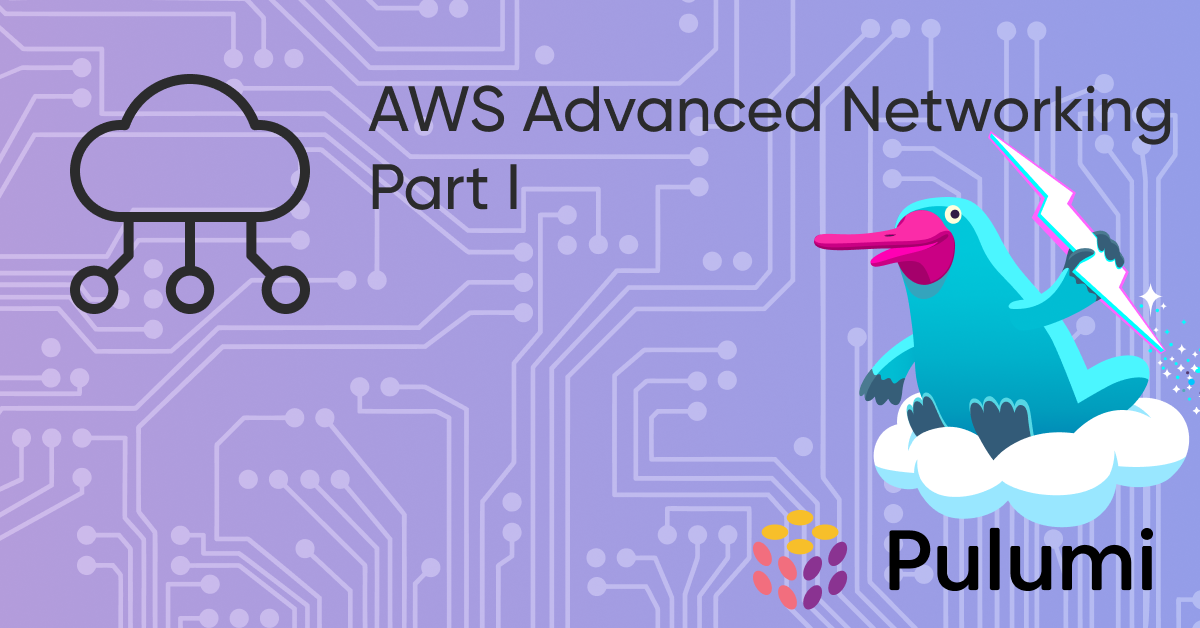
At Pulumi, our goal is to offer the best Infrastructure as Code experience for all cloud developers.
From the very beginning, we’ve believed that the best IaC experience is made possible by combining a great open source SDK and CLI with a great backend management service.
This is why we built Pulumi Cloud, a rich management platform for your Infrastructure as Code, which includes a forever free option for individuals, a generous free tier for teams, and critical tools for enterprises to manage IaC at scale.
Over the last few years, we’ve continued to expand the features of the Pulumi Service - with Deployments, Audit Logs, SAML SSO and SCIM, Teams, Stack Transfers, Favorites, Organization and Team Access Tokens and much more.
While the majority of Pulumi users do choose to use the Pulumi Service, we also know that there are good reasons why some organizations would prefer to use Pulumi IaC alone without the Pulumi Service. And so we support and continue to invest in enabling a variety of additional backends that allow the Pulumi CLI to be used with state stored in the local filesystem or in cloud storage like S3, Azure Blob Storage, or Google Cloud Storage.
Historically the Pulumi Service backend and the DIY backend have differed in their handling of “projects”. The Pulumi Service stores state for a Pulumi stack in a separate namespace per project. The DIY backends have historically stored all stacks in a single namespace across all projects. This inconsistency has been a common source of confusion for users getting started with Pulumi when using the file storage backends.
Today, we are aligning how projects are managed across all backends, adding Project-Scoped Stacks support to DIY backends.
Read more →
























